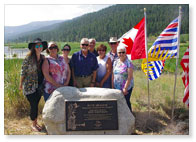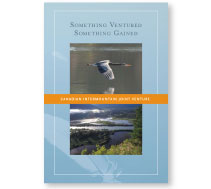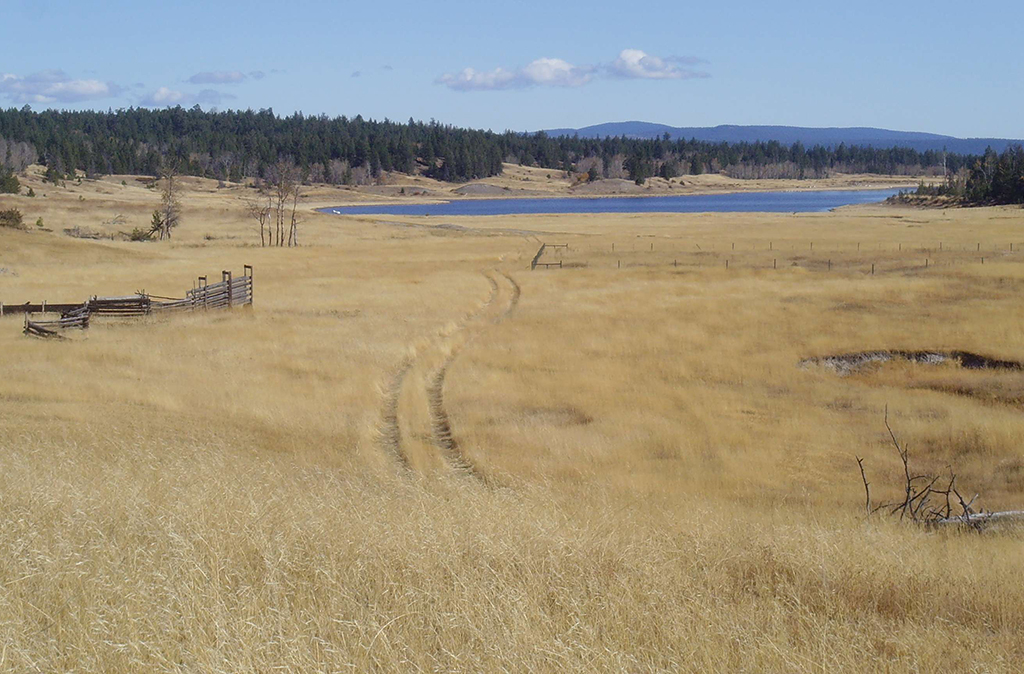Grasslands and Shrub-steppe
The Canadian Intermountain contains almost 90% of British Columbia’s grasslands. Grasslands have an extremely restricted distribution, covering less than 1% of the CIJV landscape. Within the Canadian Intermountain, grasslands are typically found along valley bottoms and are disproportionally privately owned. Most grasslands in the CIJV are hot and dry, and are characterized by widely spaced shrubs such as big sagebrush and common rabbit-brush, and a variety of bunchgrasses.
Grassland birds are one of the fastest and most consistently declining groups in North America and grasslands are critically important to species at risk in the Canadian Intermountain. Several federal Species at Risk in the CIJV region (such as Sage Thrasher, Burrowing Owl, Long-billed Curlew) are grassland or shrub-steppe obligates, and do not use any other habitat type.
Priority Species *
American Golden-Plover, American Kestrel, Bank Swallow, Barn Owl, Barn Swallow, Black-billed Magpie, Bobolink, Brewer’s Sparrow (breweri), Burrowing Owl, Canyon Wren, Common Nighthawk, Common Poorwill, Dusky Grouse, Ferruginous Hawk, Golden Eagle, Grasshopper Sparrow, Gyrfalcon, Horned Lark, Lark Sparrow, Long-billed Curlew, Long-eared Owl, Northern Harrier, Prairie Falcon, Rock Wren, Rough-legged Hawk, Sage Thrasher, Sharp-tailed Grouse, Short-eared Owl, Swainson’s Hawk, Upland Sandpiper, Western Meadowlark, White-throated Swift.
* Priority species have been adapted from those identified in Environment Canada’s Bird Conservation Strategies for the region (Environment Canada 2013a,b). Species assessed by COSEWIC as Special Concern, Threatened or Endangered are in bold.
Threats to Grasslands and Shrub-steppe
- The largest threat to grassland and shrub-steppe birds is the loss of habitat to either agriculture or development. BC’s grasslands and shrub-steppe are limited in extent, and a significant portion of their area has already been lost to crop agriculture and urban/suburban development. Losses are ongoing, as more grassland continues to be subdivided and developed or converted to intensive agriculture.
- Poorly managed cattle grazing can degrade grassland and shrub-steppe habitat by reducing ground cover, removing litter and altering vegetative structure and species composition; however, well-managed grazing can help maintain healthy grasslands.
- Fire suppression has led to local grassland losses to forest encroachment.
- Intensive pesticide use, either through toxic exposure (including consumption of poisoned prey) or by a reduction in food resources.
CONTACT US
Andrew Huang
CIJV Coordinator
andrew.huang@canada.ca




















